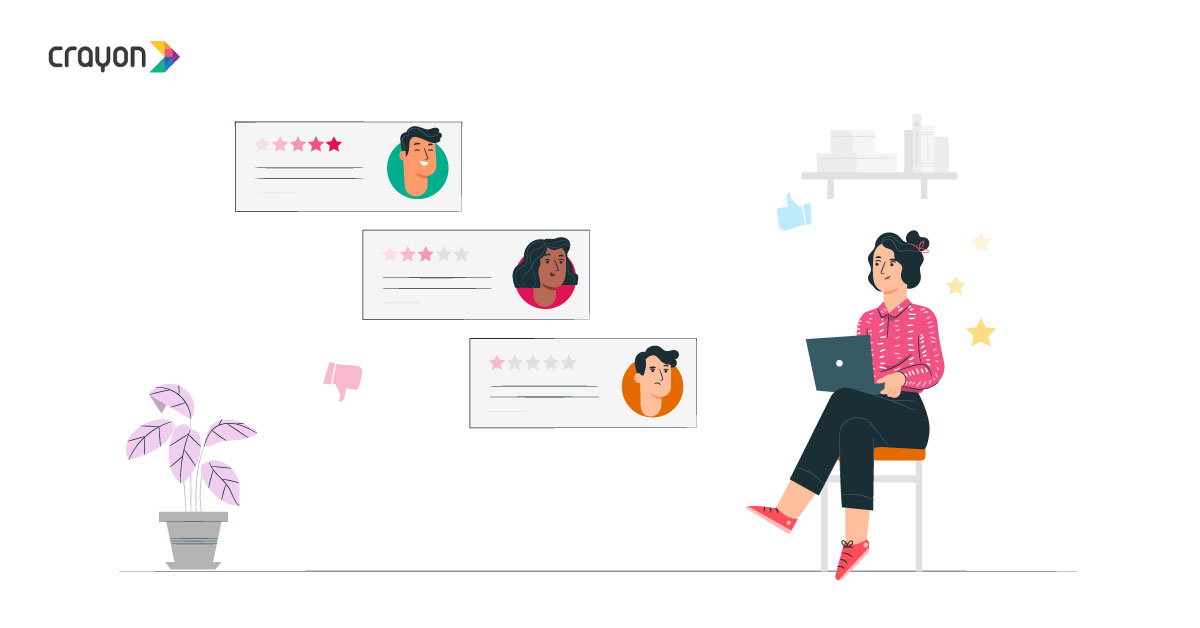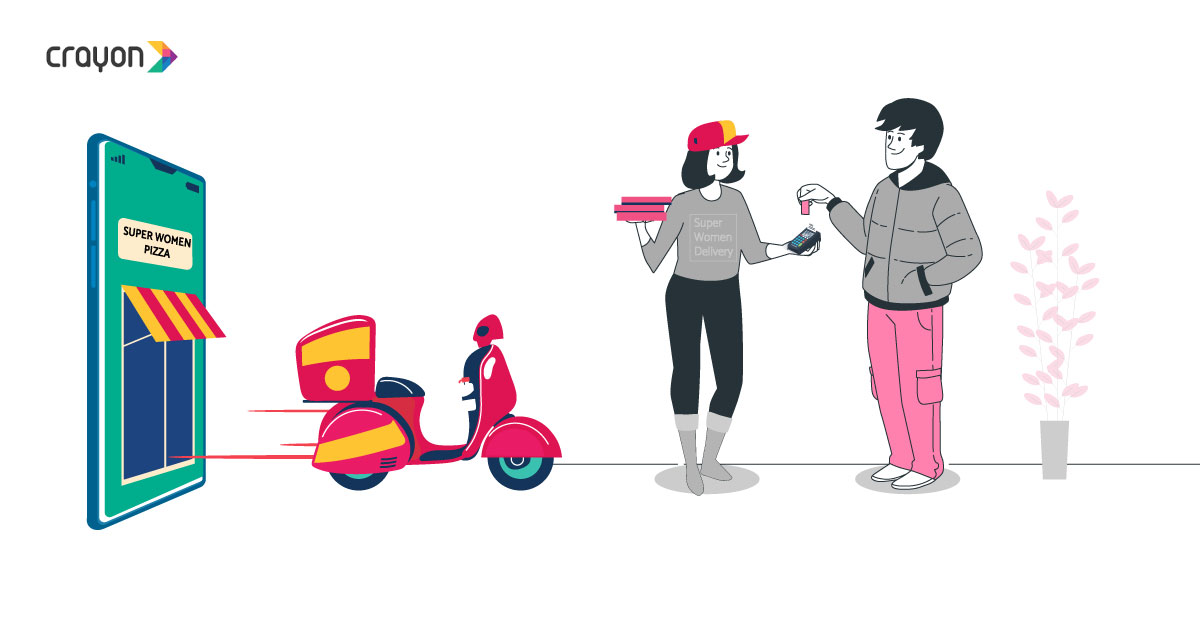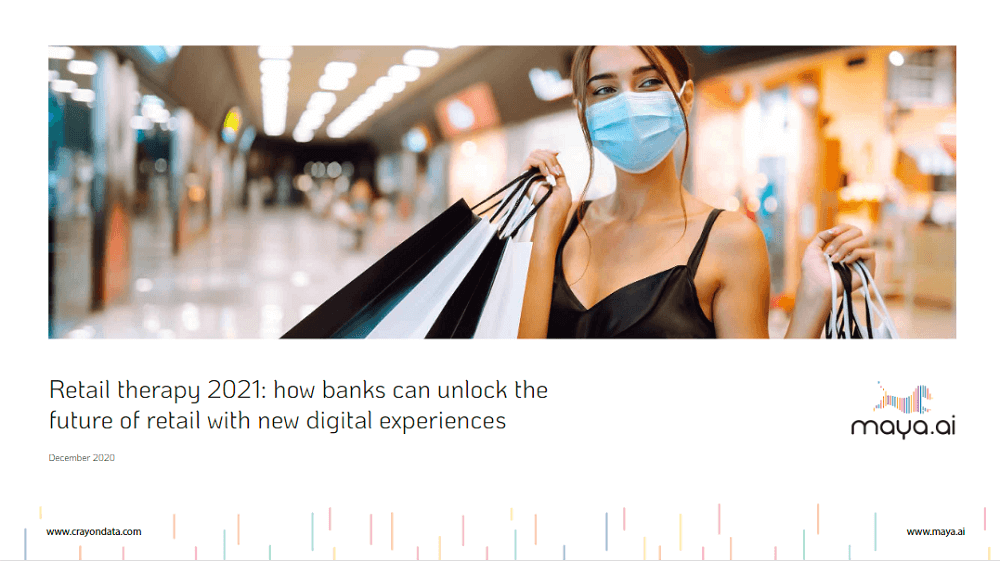Growing up in India in the late 90s and early 2000s, Ed Hardy, FCUK, Aeropostale, and GAP were considered the pinnacle of fashion. We were introduced to these fad brands by extended family members living abroad. Forget fall-winter or spring-summer. Style seasons, especially in small and conservative cities like Madras (now Chennai), were defined by when you received a particular piece of clothing. Not by when it was trending on the runway.
The “good old days” of extended wait times and unwavering brand loyalty have since passed. Consumers want, nay, demand, immediate gratification. With global brand presence and ubiquitous physical and online marketplaces, customers across the world now have greater access than ever before. The world’s biggest brands are at their fingertips!
The way consumers shop has also wildly changed along with this global shift. Convenience is undeniably a key factor. Imagine you’re driving and want to stop for a bite. You see your favorite KFC a few miles ahead on the opposite side of the road. But you’ll probably pick any restaurant that’s closer and on the same side of the road as you are. Simply because it’s more convenient.
So, how else have consumers evolved? Let’s take a look.
1. Customers are, actually, right.

Gone are the days when salespeople had to explain their products. Today, shoppers are proactive. They do their research and check out reviews to find out if what they intend to purchase is right for them. Sometimes, they end up knowing more about the product and brand than the sales reps!
2. Inspirations > Prescriptions.

Since customers now learn about brands and products on their own, they are not keen on instructional or prescriptive conversations. They are seeking to be inspired. According to research, consumers don’t want brands to define their journeys. They want brands to offer experiences that help them carve their own paths. Empowering users with the freedom to create their own journeys leads to higher customer satisfaction and sales conversions. Nescafe Gold’s “Moments that Matter” campaign is a great example. The ad never explicitly tells you to buy the product. Instead, it talks about a relatable human-interest story and inspires the viewer to think about the moments that matter in their life.
3. Consumers want clutter-free and frictionless discovery journeys.

Customers are discovering the antidote to constant spamming from brands: minimalism. The concept transcended from art and design to lifestyle choices as well. The minimalist lifestyle identifies the essentials, and discards the rest. It also channels resources such as time and money and effort, to maximize their utility.
Customers now actively choose to ignore clutter. They are not distracted by better positioning or creatives. Instead, they recognize their own needs: seamless digital journeys without redirections or fulfillment related hiccups. They choose to engage with brands and merchants that go the extra mile to cater to the needs of the individual customers.
4. Consumers think it’s important for brands to approach them in a timely, personalized manner.
Customers have been inclined to patronize brands and products that satisfy their needs, even if they don’t exceed them… until they discover brands and products that do. In fact, 91% of consumers are more likely to shop with brands who recognize, remember, and provide relevant offers and recommendations. And 83% of them are willing to share their data to enable a personalized experience.
The window of opportunity to close the gap in customer’s needs is limited, especially with categories where the interval between purchases is longer. Merchants need to consistently provide “wins” for their customers and approach them in a timely, personalized manner
5. Consumers now choose value-based spending.

Customers spend with brands whose values resonate with their own. They have become socially conscious, and are concerned about the origins and sustainability of their purchases. Aside from this, customers also favor brands that take a stand on social initiatives and use their brand presence responsibly [to convey important messages].
The biggest, and most loved brands have adopted this strategy: move perfection aside, give way for the truth and embrace flaws! Everyone needs help on this digital journey. Bazaar is an AI-driven offer platform that helps merchants increase their customer engagement. It helps merchants reach their target audience and design clutter-free journeys for them. Customers receive offer recommendations based on their individual preference and context, creating a personalized and consistent user-experience.
Join 2500+ global merchants on Bazaar to increase your customer reach and improve campaign performance. Sign up now to get exclusive beta access.
























